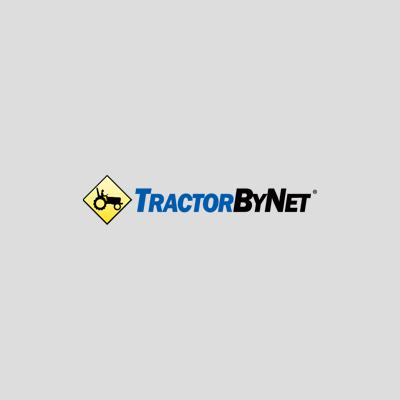Some quick points from someone who has a rough hilly block and went through this decision just under a year ago:

 www.tractorbynet.com
www.tractorbynet.com
- tractors are far less stable than I had anticipated (typical style anyway). By comparison a 4wd ute/pickup is far safer and more capable on slopes.
- it is the cg in relation to the rear wheels that determines stability. The lower and closer back to the rear wheels it gets, the more stable it is. Assuming you don't go behind them (or get close to going behind them)....
- filling the rear tyres with water (no freezing here) hugely improved stability. They were already on their widest setting.
- 4wd makes the tractor far safer. I've left it in 2wd a couple of times and once was completely freaked out at how easily it skipped down a simple hill out of control....
- HST is awesome and I'm glad I went that route. Such fine control over exactly how slow you can go, which I find important on rough steep ground.
- mines 50hp and weighs about 1700kg. It is more limited by traction than by hp. Though if running hay balers or similar that might not be the case.
- FEL is great, and my most used implement (well, the bucket and stick rake that I put onto it are).
- my father purchased a posi-track recently - a tracked skid steer - and thinks it is great. I haven't seen or had a go on it yet.

Largest HST Tractor in Aus?
I'm looking to purchase a tractor and would prefer hydrostatic transmission. However, the biggest HST tractors that I know of available in Australia are all about 1700kg in weight and around 50-60hp. For example, the TYM T503 and T613 (main difference being the engine), the JD 4049M or 6069M...
- tractors are far less stable than I had anticipated (typical style anyway). By comparison a 4wd ute/pickup is far safer and more capable on slopes.
- it is the cg in relation to the rear wheels that determines stability. The lower and closer back to the rear wheels it gets, the more stable it is. Assuming you don't go behind them (or get close to going behind them)....
- filling the rear tyres with water (no freezing here) hugely improved stability. They were already on their widest setting.
- 4wd makes the tractor far safer. I've left it in 2wd a couple of times and once was completely freaked out at how easily it skipped down a simple hill out of control....
- HST is awesome and I'm glad I went that route. Such fine control over exactly how slow you can go, which I find important on rough steep ground.
- mines 50hp and weighs about 1700kg. It is more limited by traction than by hp. Though if running hay balers or similar that might not be the case.
- FEL is great, and my most used implement (well, the bucket and stick rake that I put onto it are).
- my father purchased a posi-track recently - a tracked skid steer - and thinks it is great. I haven't seen or had a go on it yet.
